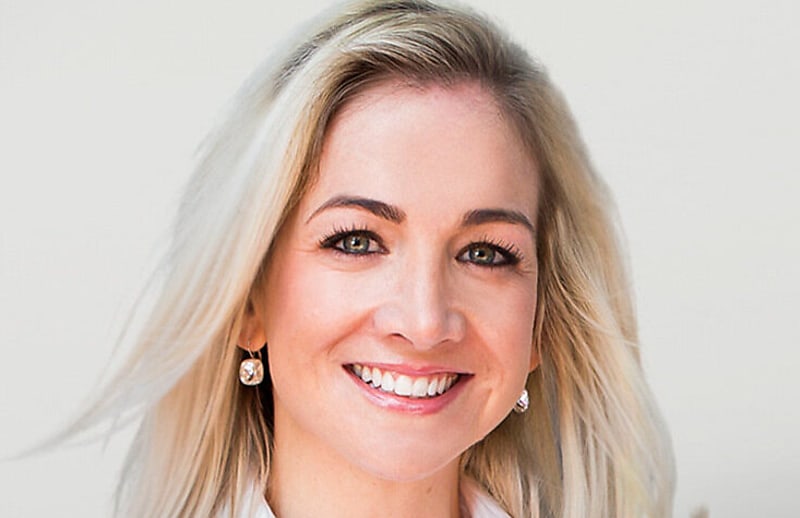As Australia anticipates the stage 3 tax cuts, taxpayers are encouraged to explore avenues that optimise their tax deductions before 30 June. Charitable giving has always been a rewarding way to generate tax savings, but the impending tax changes present an opportune moment to reconsider your approach to charitable giving. Structured giving via a sub-fund within a public ancillary funds offer a strategic advantage for donors keen on maximising both their tax deduction and philanthropic impact.
Sub-funds allow donors to consolidate multiple years of charitable donations into a single tax year, maximising tax deductions now while providing the flexibility to support charities over time. It’s a way of bringing forward future tax deductions by pre-funding a donor’s future giving.
The ability to ‘prefund’ or ‘frontload’ charitable giving is a key tax benefit of structured giving. This strategic approach involves bringing forward future years of charitable donations into a single lump sum contribution, capitalising on a larger tax deduction while the donor’s tax rate is higher than in future. By making a lump sum donation into a sub-fund before the end of the financial year, you can secure a larger tax deduction now when you need it most while retaining the flexibility to distribute the fund balance to charity gradually over time.
When you donate to a public ancillary fund, you receive a full tax deduction for your contribution that you can claim in full immediately or spread over a period of up to 5 years. Your donation is allocated to your personal sub-fund within the APS Foundation. This sub-fund, or giving fund, acts as your dedicated account for charitable giving. The Foundation’s trustee manages all administration and operations, while your role is to advise the trustee which charities are to receive a minimum of 4 per cent of your fund's balance annually. Meanwhile, the fund balance is invested for growth. Tax-free investment returns, and full franking credit refunds, offer real potential to grow the fund over time while simultaneously giving to the community.
It's a potential strategy for taxpayers set to benefit from the Stage 3 tax cuts, but also any taxpayer looking to maximise tax deductions following an income windfall of income, such as windfall. For example, business exits, sale of properties, or bonuses, present an ideal opportunity to mitigate tax liabilities through structured giving. Pre-retirees are also increasingly using sub-funds to prefund their charitable giving for retirement while maximising tax savings during their final earning years. A subfund delivers a steady stream of support for their preferred charities, and extends their joy of giving, throughout retirement.
Setting up a sub-fund is simple and fast, taking just one day with a donation of at least $40,0000. Conveniently, all giving is undertaken within the single subfund destination, eliminating the need to track down numerous donation receipts at tax time. The donor can support multiple charities through one single donation and, to the relief of their accountant, just one donation receipt.
While public ancillary funds offer a host of advantages, including simplicity and accessibility, some donors may seek greater control over investment decisions. Private ancillary funds are an alternative that offer the same tax advantages with added control over investment management. However, private ancillary funds require more active administration and management from the donor, and are recommended for those with a more substantial contribution of $1.5-$2,000,000.
The ‘give and grow’ model of structured giving can significantly amplify the impact of the donor’s initial contribution. It creates an enduring source of income for the community, and while investment grows the amount to give, donors can continue to experience the joy of giving well into the future. Ultimately, structured giving offers a win-win solution, benefiting both donors and the community.
By Rachael Rofe, head of the APS Foundation

 Login
Login






